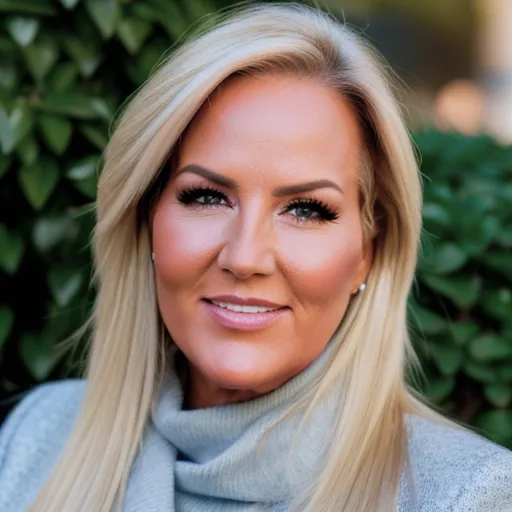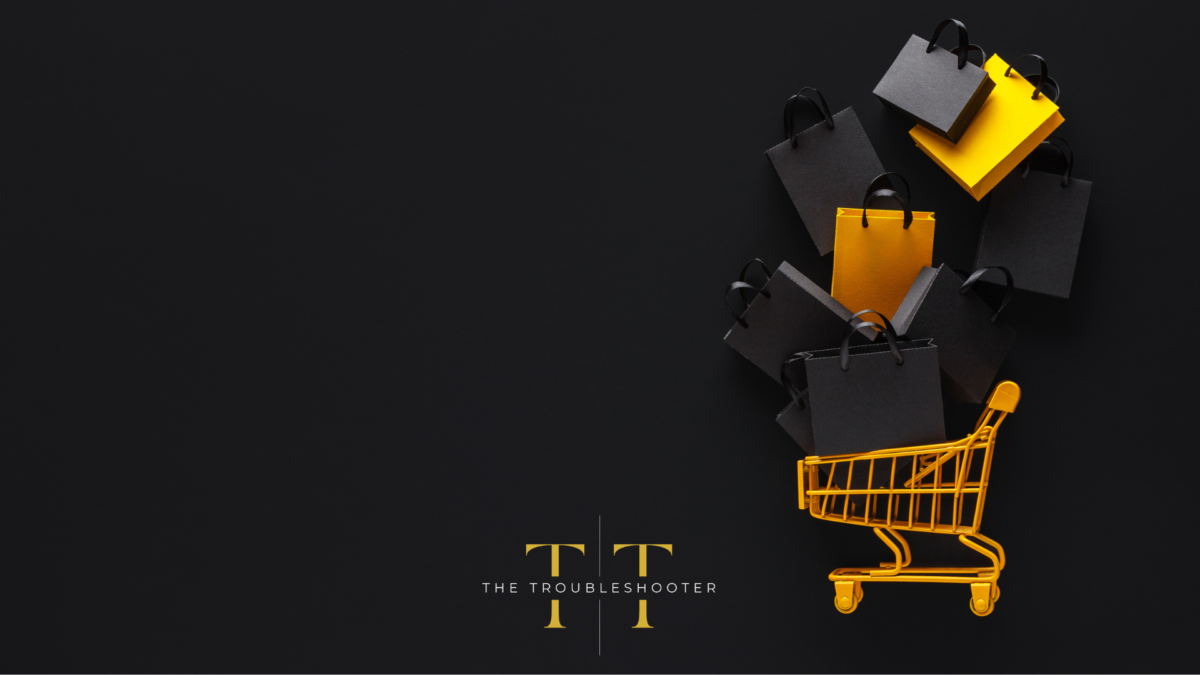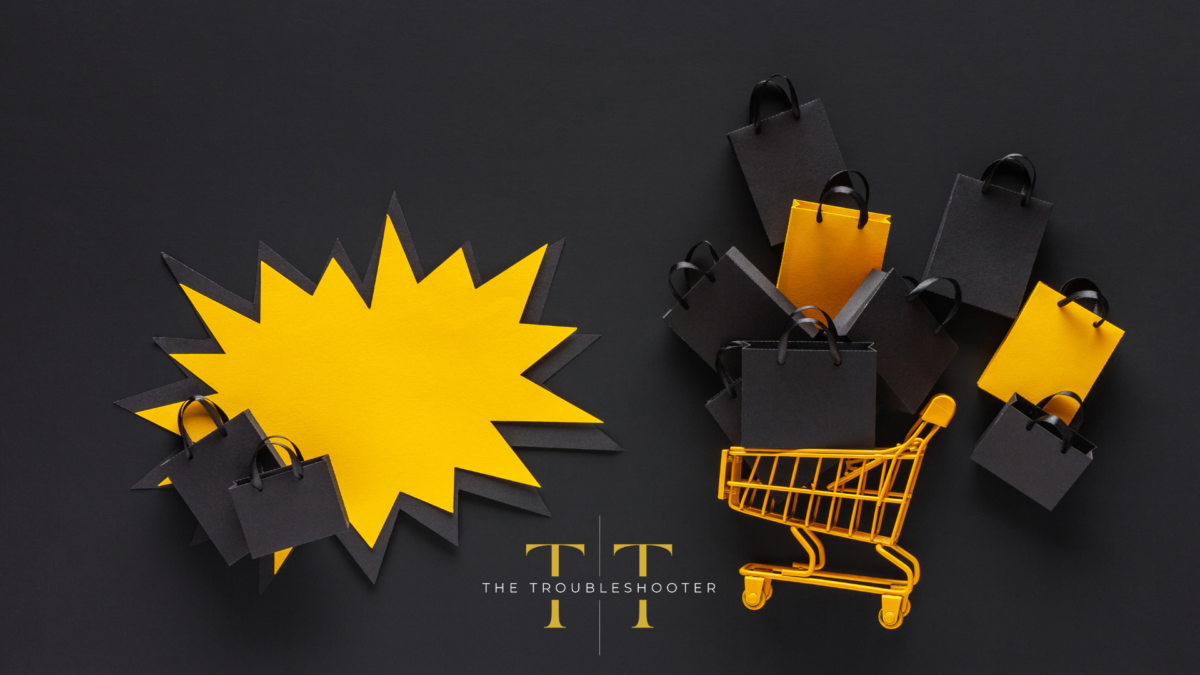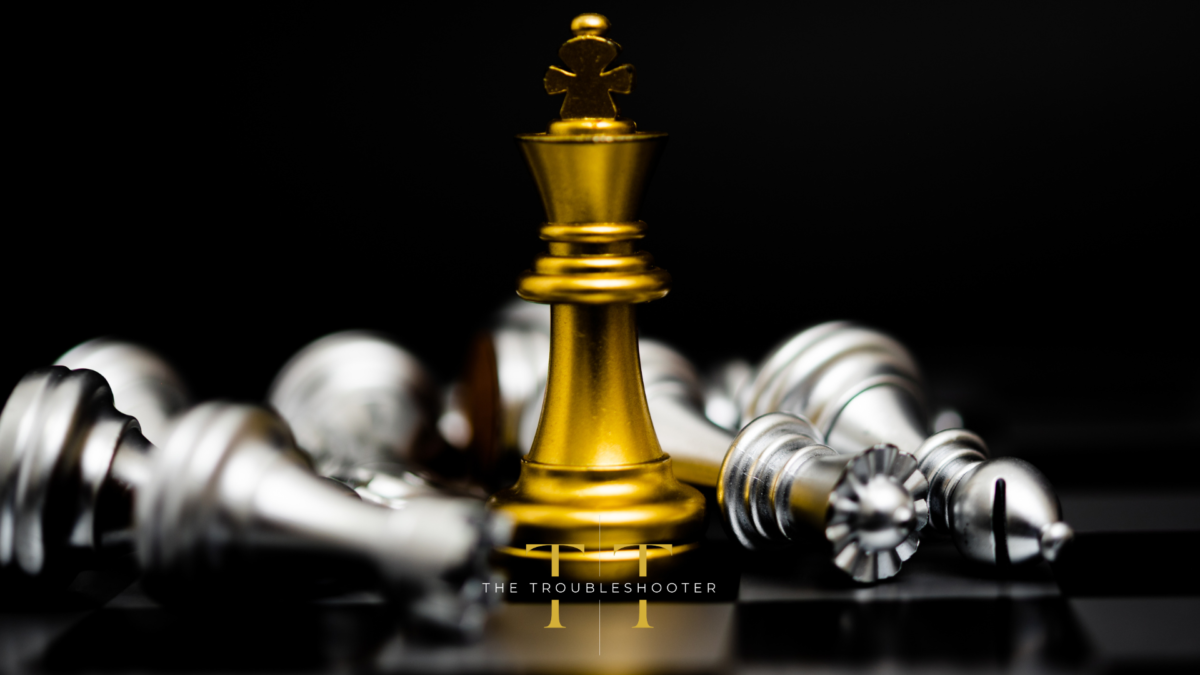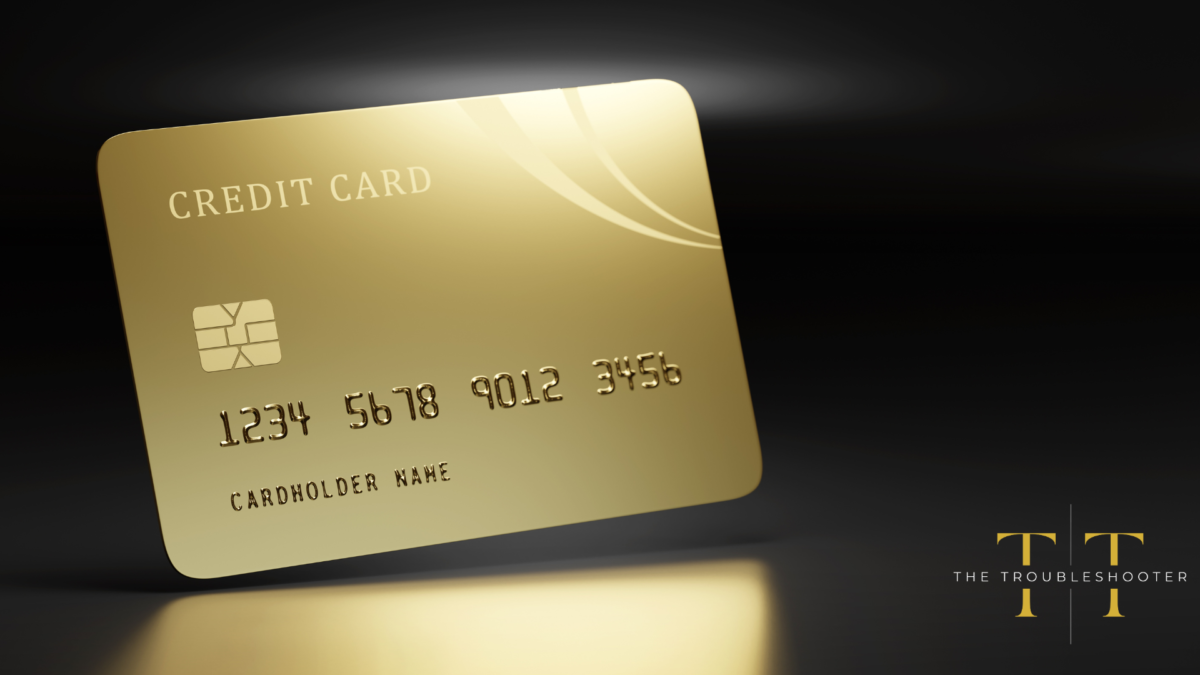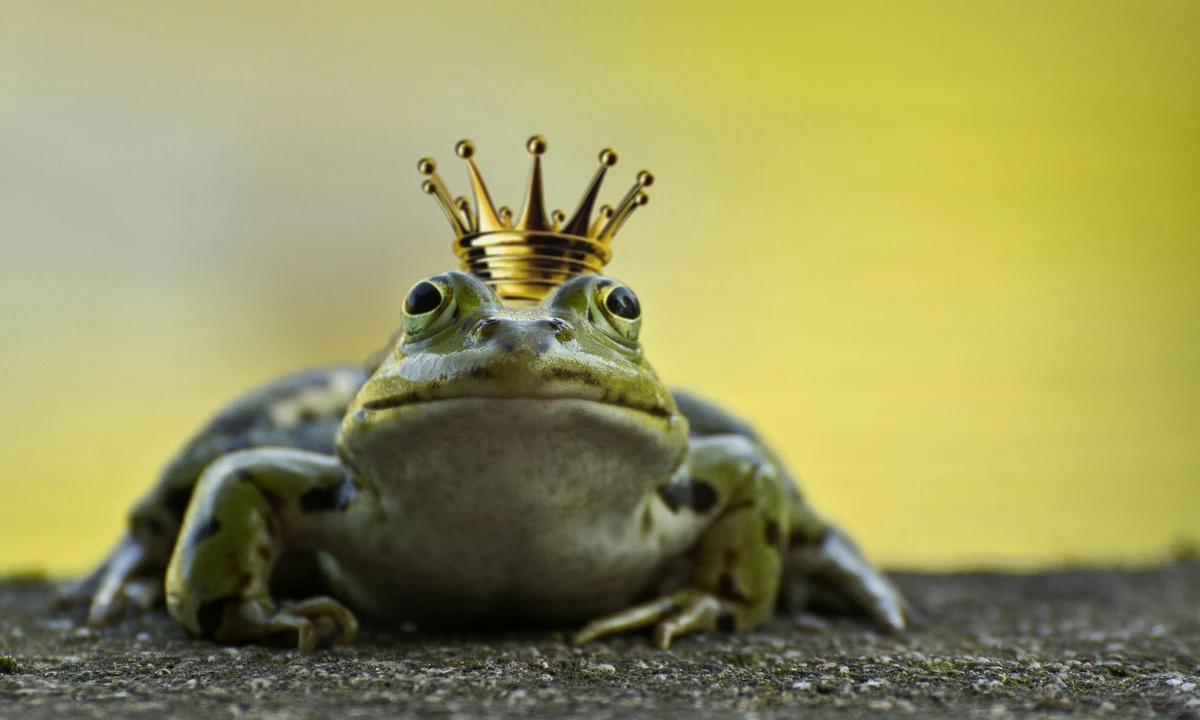
Imagine a crisp Monday morning; the air is filled with the familiar hum of ambition, and the faint aroma of freshly brewed coffee. As a seasoned marketer, I’m used to being greeted not by a blank canvas, but a canvas crowded with possibilities and challenges. But today, on my desk lies a formidable opponent; a campaign strategy that’s been looming like a dark cloud – complex, crucial, and seemingly insurmountable. It’s the kind of task that tempts you to bury it under a pile of less intimidating, more manageable tasks. This, my fellow marketers, is my ‘frog’, a metaphorical beast demanding to be tamed.
“Eat the frog,” they say. It’s a quirky phrase that encapsulates a profound truth in the realm of productivity, especially in the whirlwind world of marketing. As I stare down at the intricate web of market analysis, creative demands, and ROI calculations, the ‘frog’ seems more like a dragon, breathing fire over my well-crafted to-do list. But here lies the crux of a strategy that has not only reshaped my approach to work but also redefined my professional trajectory…
The Concept of ‘Eat the Frog’
Imagine this: Your team has been tasked with launching a product that breaks new ground. The stakes? Monumentally high. The timeline? Aggressively tight. As you sit at your desk, it feels like a mountain – formidable and unyielding. Your mind races with questions. How will the market respond? Have we targeted the right audience? Is our messaging impactful enough?
This is your ‘frog’ – a project so big and so challenging that everything else pales in comparison. And here you are, at the break of dawn, deciding to do what many would shy away from – you choose to ‘eat the frog.’
The phrase “eat the frog,” with its whimsical undertone, carries a profound significance in this context. But what exactly does it mean to ‘eat the frog,’ and how does this concept apply to marketing?
The ‘Eat the Frog’ Philosophy Explained

Delving into the essence of the ‘eat the frog’ philosophy, it’s about doing the most challenging task first, the one you are most likely to procrastinate on, yet the one that might have the greatest positive impact on your day. Originally inspired by a quote often (though mistakenly) attributed to Mark Twain, this concept holds particular significance in the marketing world. It’s not just about conquering a daunting task; it’s about strategically aligning your actions with the most impactful outcomes.
This means identifying and tackling the tasks that are pivotal to campaign success or strategic growth. Whether it’s addressing a complex market analysis, devising an innovative campaign under tight deadlines, or navigating the nuances of digital marketing trends, these ‘frogs’ represent the challenges that, once overcome, pave the way for creativity and strategic wins throughout the day.
By prioritising these high-impact tasks, we harness the power of focused effort, turning daunting challenges into springboards for innovation and success. In terms of productivity, it underscores the importance of addressing the most demanding early in the day or at the beginning of a project lifecycle, focusing on the most impactful ones first, and avoiding the all-too-human tendency to procrastinate on tough assignments.
Applying ‘Eat the Frog’ in Marketing
In marketing, every day brings a new ‘frog’ to the table and ‘eating the frog’ means starting your day with the task that will have the most significant impact. For a marketer, this philosophy is particularly resonant. Our days are often a juggling act of diverse and demanding tasks, developing intricate campaign strategies, cracking a tough client brief, or adapting to the latest digital marketing trends. Each of these tasks can be a ‘frog’, daunting yet crucial for success and growth. By addressing these substantial challenges first, marketers can inject innovation and strategic foresight into their work, setting the tone for a productive day and, ultimately, a successful campaign.
This approach is particularly relevant to us due its inherent unpredictability and the constant need for agility and adaptation. In a field that thrives on creativity, innovation, and timely responses, the ability to prioritise and tackle significant challenges head-on is invaluable. ‘Eating the frog’ in marketing might mean starting your day brainstorming for a complex campaign rather than replying to emails, or diving into market analysis before attending routine meetings. It’s about identifying the task that will have the most significant impact and addressing it when your energy and focus are at their peak.
Why It Matters in Marketing
The phrase ‘eat the frog’ transcends being just a mantra; it’s a necessary strategy for survival and success. As we know all too well, marketing is inherently fast-paced and perpetually evolving, and demands demands not just creativity and agility but also high productivity and efficient time management. The ‘eat the frog’ approach is not just beneficial in this context; it’s often essential. Let’s explore why this philosophy matters so much in our field:
- Seizing Market Opportunities
In marketing, timing can be everything. The market is a constantly shifting landscape, with new trends emerging almost daily. Take, for instance, the rapid pace at which market opportunities arise and fade away. In digital marketing, trends can emerge overnight – a viral social media challenge, a sudden shift in consumer preferences, or a competitor’s unexpected campaign move. Consider the rapid rise of TikTok as a marketing platform. Early adopters who ‘ate the frog’ by swiftly developing strategies for this new medium were able to gain a substantial advantage over competitors who waited to see how the platform would evolve.
Responding to these with agility and strategic acumen often means putting other tasks on hold to focus on these time-sensitive opportunities. Delaying action can mean missing out on significant opportunities.
2. Responding to Trends
The ability to respond quickly and effectively to emerging trends is another area where ‘eating the frog’ is crucial. For instance, during the initial phase of the COVID-19 pandemic, consumer behaviour shifted dramatically towards online platforms. Marketers who immediately addressed this ‘frog’ by pivoting to digital-first strategies were able to maintain, and in many cases even grow, their audience engagement during a period of global upheaval.
Continue reading
